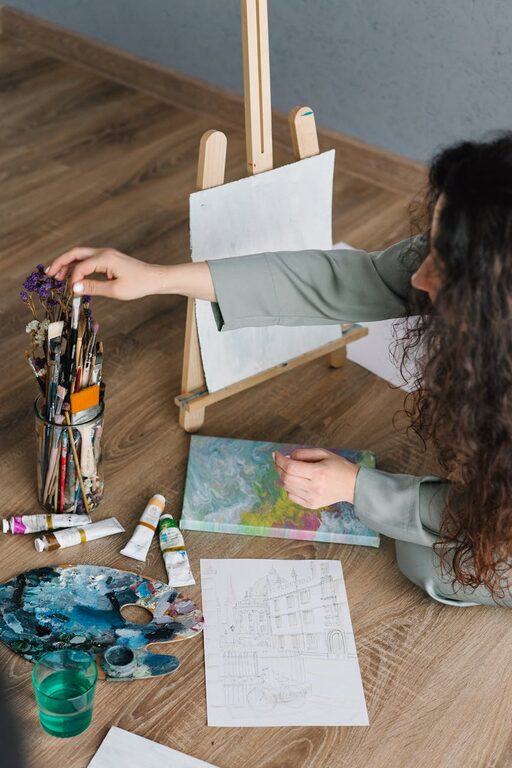Creativity is often thought of as something reserved for artists, writers, or musicians. However, everyone has the capacity to be creative, and nurturing this skill daily can improve problem-solving, increase happiness, and add more enjoyment to life. The good news is that practicing creativity doesn’t require special talent or a lot of time—it can be integrated into simple everyday actions. In this post, we’ll explore straightforward ways to cultivate creativity each day.
Why Practice Creativity Every Day?
Creativity isn’t just about art; it’s about thinking differently, making connections, and coming up with new ideas. Making creativity a daily habit helps:
– Boost mental flexibility
– Improve decision-making
– Reduce stress through expression
– Enhance communication skills
– Increase productivity by finding innovative solutions
Now, let’s look at some practical ways to weave creativity into your daily routine.
1. Keep a Creativity Journal
One of the easiest ways to get into a creative mindset is to write regularly. This doesn’t have to be a formal diary. Your creativity journal can include:
– Daily observations
– Ideas that pop into your head
– Sketches or doodles
– Creative prompts and responses
Journaling encourages you to record thoughts before they slip away and can help you recognize patterns or new perspectives.
2. Practice Mindful Observation
Take time to notice your surroundings without judgment. Whether you’re walking, waiting for a meeting, or having coffee, try to focus on details:
– Shapes and colors
– Sounds and smells
– Patterns in nature or architecture
By training your brain to observe closely, you open up new ideas and inspiration.
3. Set Aside Time for Freewriting or Sketching
Dedicate 10-15 minutes daily to freewriting or sketching without a specific goal. The idea is to let your thoughts or hand flow without censoring yourself. This practice can:
– Break mental blocks
– Encourage experimentation
– Provide insights into subconscious ideas
You might be surprised by the creative sparks that arise from this unstructured time.
4. Try New Experiences Regularly
Creativity thrives on exposure to new inputs. Add novelty to your daily life by:
– Taking a different route to work
– Trying a new cuisine
– Listening to a genre of music you don’t usually enjoy
– Learning a few words in a foreign language
These experiences help build new neural connections and keep your mind flexible.
5. Use Creative Prompts
When you feel stuck, prompts can jumpstart your imagination. You can find prompts for writing, drawing, photography, or even brainstorming ideas for projects. Examples include:
– “Invent a gadget to solve a daily problem”
– “Describe your ideal day in 100 words”
– “Draw an object using only geometric shapes”
There are many websites and apps that offer daily creative challenges.
6. Collaborate and Share Ideas
Discussing ideas with others or joining creative groups encourages fresh perspectives. Try:
– Participating in brainstorming sessions
– Sharing your work online or with friends
– Joining local workshops or online communities
The feedback and different viewpoints can inspire your own creativity.
7. Limit Your Screen Time
Spending too much time passively scrolling on devices can dull creative thinking. Set specific times for social media or browsing and balance it with creative activities instead.
8. Make Creativity Part of Your Routine
Consistency is key. Block out small chunks of time each day specifically for creative work. Whether it’s 10 minutes in the morning or 20 minutes before bed, routine helps build the habit.
Final Thoughts
Creativity is a skill that benefits every aspect of life and can be practiced by anyone. By incorporating simple, enjoyable activities like journaling, mindful observation, and trying new things, you can keep your creative muscles active daily. Start small, stay curious, and watch your imagination grow!
Remember, the goal isn’t to produce a masterpiece every day but to keep the creative energy flowing. Happy creating!

